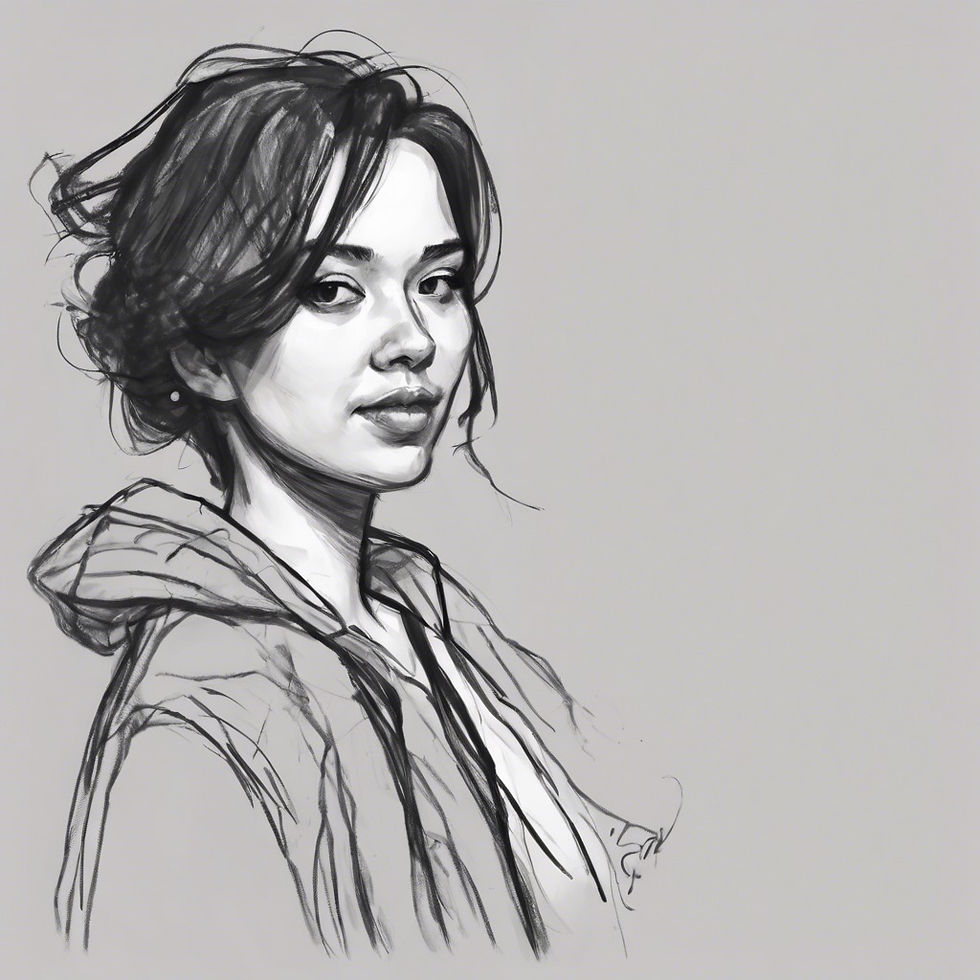Reiki
- Sancti Wellness Studio

- Dec 17, 2018
- 3 min read
Rei means"universal life"
and ki means "vital energy".
My journey to Reiki came a few years after a car accident. I had two young children
and was at risk of paralysis because of a neck injury. My first training in Reiki was offered to me
just weeks before my dad died. His death was a gradual process resulting after several
years of strokes. It was a significant time in my life and I'm grateful for Reiki's loving energy.
It helped guide my healing process by balancing and soothing my emotional mental, physical and
spiritual self. For the past 20 years I have dedicated my time and energy to learning and
teaching Reiki's gentle approach.
Reiki works on the principle that imbalances of vital energy in the body and/or aura cause
problems. Balancing the energy promotes the clients innate healing capability. How does
this happen? Trained Reiki practitioners place their hands lightly on or off the clients fully
clothed body. They direct the universal energy to the client and the energy supports the
clients innate healing ability.
A Reiki practitioner is trained by working with and receiving teachings and symbols from a
Reiki Master (teacher). This Master trains the practitioner to harness, hold and transfer Reiki
energy to clients. Energy can also be sent through focus and intention across distance.
The intention of treatment is to send healing universal energy to the client to balance their
emotional, mental, spiritual and physical body. There are various levels of study to become
proficient in this energy technique.
Reiki is practiced in many countries throughout the world. There are several types of Reiki
like Seichem, Tibetan and Usui Reiki . Reiki practitioners and teachers of all lineages and levels
respect and honour all Reiki students and teachers from various lineages and organizations.
Usui Reiki is an energy healing technique introduced by a Japanese monk, Mikao Usui.
While Mikao Usui was a monk, the teachings are not affiliated with any religious practice.
It was brought to the west through Hawaii by his student Hawayo Takata. There are several
branches of Reiki in the west, most stemming from Mikao Usui's original teachings.
Karuna Reiki is a healing energy. Karuna " means "compassionate action" as this was described as
the feeling the client got after receiving a treatment. Along with input from other Reiki Masters
Usui Master, William Rand led it's development in 1995. It is known as the Reiki of
compassion and is taught to Reiki Masters from various lineages. Students of Karuna Reiki
believe that the symbols used in these teachings assist with healing on a deeper level.
While scientific studies on the effects of Reiki are ongoing, in research studies there have been
no reported negative effects from Reiki treatments. Studies that use quality of life, stress
reduction, and patient satisfaction help to evaluate Reiki treatments for clients. Clients
report Reiki helps them relax, improve sleep, reduce fatigue, pain, nausea and anxiety.
Based on these studies Reiki has been integrated into several clinic health care settings and
hundreds of hospitals, including John Hopkins Hospital, the Mayo clinic, and the Kelowna
Hospital. Its been used in hospital operating and recovery rooms since the mid 1990's.
It is also used in patient care through staff or volunteers. Reiki is also listed in the Holistic
Nursing "Scope and Standards of Practice as an accepted form of care. Some hospitals provide
staff with Reiki training. It is considered a complementary therapy and does not replace
conventional medical treatment.
The best way to experience Reiki is to have a treatment and evaluate the effects and results for
yourself. At Sancti Wellness Studio, Darlene is pleased to share her Usui Master and Karuna
Master lineage teachings through treatment and training. Over the past 15 years she has
trained many students and several Usui and Karuna Masters. It would be her joy to train you in
Reiki. Classes can be one on one or in a group setting.







Comments